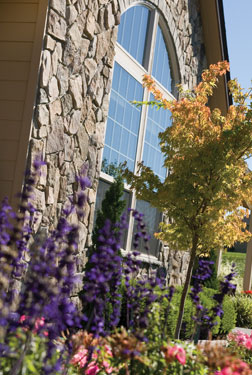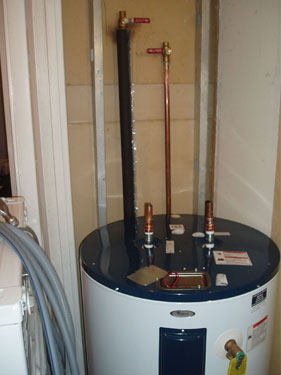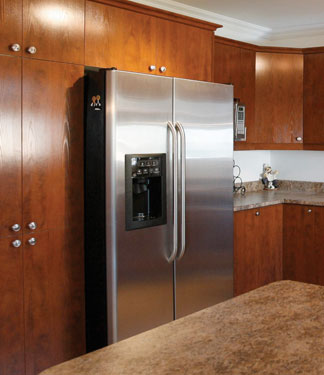 by Kimberly Blackford
by Kimberly Blackford

It is most effective to tackle this issue starting with the envelope of your home (walls, attic, windows, and doors) and then moving in. Here are some great tips to help you get started!

Make sure that your walls and attic are well insulated
• Proper insulation ensures that heat stays in during the winter and air conditioning stays in during the summer, meaning less energy is needed to heat or cool the house.
Upgrade or replace your windows
• Old windows can be leaky which means wasted dollars on your heating and cooling bills. Purchasing new energy efficient windows or adding weather-stripping and storm windows can lower your heating and cooling costs.

View This House Plan
View Other Craftsman House Plans
Plant trees and shrubs in your yard
• Planting trees and shrubs serves two purposes: insulation and landscaping. By planting trees and shrubs on the Western side of the house, they shade the house during the hottest part of the day.
Replace an older furnace with a high-efficiency system
• Furnaces built prior to 1992 have a standard pilot, which wastes 35% of the fuel it uses. The American Council for the Energy-Efficient Economy recommends early replacement with a condensing furnace. This new installation can save you up to 27% on your next heating bill.

Improve the efficiency or your hot water system
• Set the water heater to a warm setting of 120°F. Insulate the hot water lines so they don’t cool off as much between uses. Next, use low-flow fixtures for the kitchen and shower.
Replace incandescent light bulbs with compact fluorescent light bulbs (CFLs)
• CFLs use ¾ less energy than incandescent bulbs, so using them around the house starts to add up.

View This House Plan
View Other European House Plans
If you buy a new refrigerator, don’t leave the old one plugged in.
• After you buy the new refrigerator, don’t keep the old one as a “backup.” It will cost you much more than expected in the long run and you probably won’t use it as much as you had originally anticipated.
Take advantage of new tax incentives
• Through the American Recovery and Reinvestment Act of 2009, you can get federal tax incentives by upgrading an existing home. These incentives cover up to $1500, based on 30% of the cost of the improvement. There are 30% credits without caps for on-site renewables.
Schedule an energy audit for more expert advice
• Energy auditors use special tools and skills to evaluate your home and recommend the most cost-effective measures to improve its comfort and efficiency. An energy rater can give verification on the builder’s work quality.
Here are some related articles:
Save this article to:
back to top